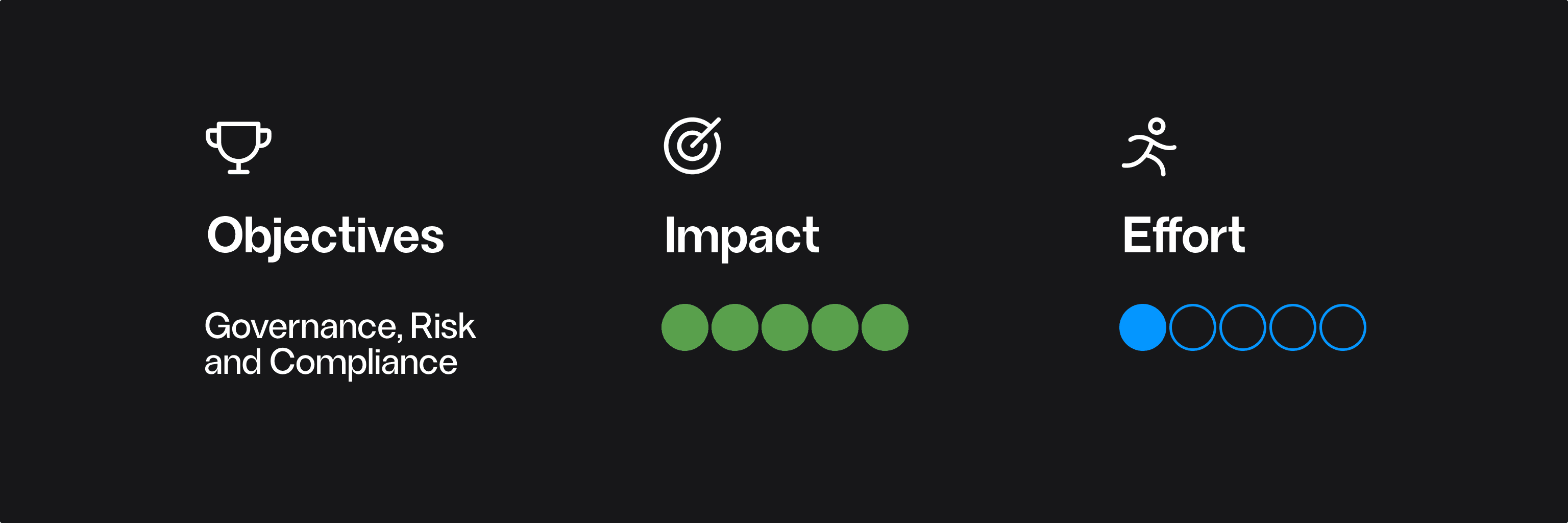Engineering
Best Practice: Maintain a clear and aligned product roadmap
Sep 12, 2024
A product roadmap serves as your strategic guide in the complex landscape of software development. By maintaining a clear and aligned roadmap, you ensure that your team is focused, responsive to user needs, and in sync with your business objectives. This disciplined approach fosters alignment and drives meaningful progress toward your product goals.
Why a Clear and Aligned Roadmap is Crucial
- Strategic direction: A roadmap charts a clear course, allowing the team to concentrate on what truly matters while aligning with the broader vision.
- Business alignment: By integrating business goals and user insights, the roadmap ensures that development activities support strategic objectives, enhancing market fit.
- Enhanced communication: A transparent roadmap facilitates open dialogue within the team and with stakeholders, fostering a shared understanding of priorities and progress.
- Prioritisation and focus: A clear roadmap enables the prioritisation of features and improvements based on their impact, ensuring high-value tasks receive the necessary attention.
Best Practices for Maintaining Your Roadmap
1. Update regularly: Keep your roadmap current by regularly incorporating changes in business goals, user feedback, and market dynamics. Frequent updates ensure the roadmap remains a relevant and valuable guide.
2. Align with strategic goals: Ensure your roadmap closely aligns with overarching business objectives, facilitating informed decisions about feature prioritisation and resource allocation.
3. Incorporate user feedback: Actively integrate user feedback into the roadmap to ensure the product evolves in response to real user needs and preferences, strengthening relevance and usability.
4. Utilise visual tools: Use visual tools such as Trello, Aha!, or Roadmunk to create and maintain your roadmap. Visual formats enhance understanding and engagement with the plan.
5. Communicate changes clearly: Share updates and modifications to the roadmap with your team and stakeholders. Clear communication ensures everyone is aware of the latest priorities and shifts in direction.
6. Review and adjust: Regularly review the roadmap to assess progress and make necessary adjustments. These reviews help address emerging issues and adapt to changing priorities.
7. Set milestones: Define clear milestones and deadlines on your roadmap to track progress and measure success. Milestones provide concrete goals and help manage expectations effectively.
Conclusion
Maintaining a clear and aligned product roadmap is a best practice that enhances your product’s strategic direction and development efficiency. Embracing these practices ensures focus, fosters alignment, and supports informed decision-making. With a well-managed roadmap, your product development efforts will be coherent, responsive, and aligned with your broader business objectives.








